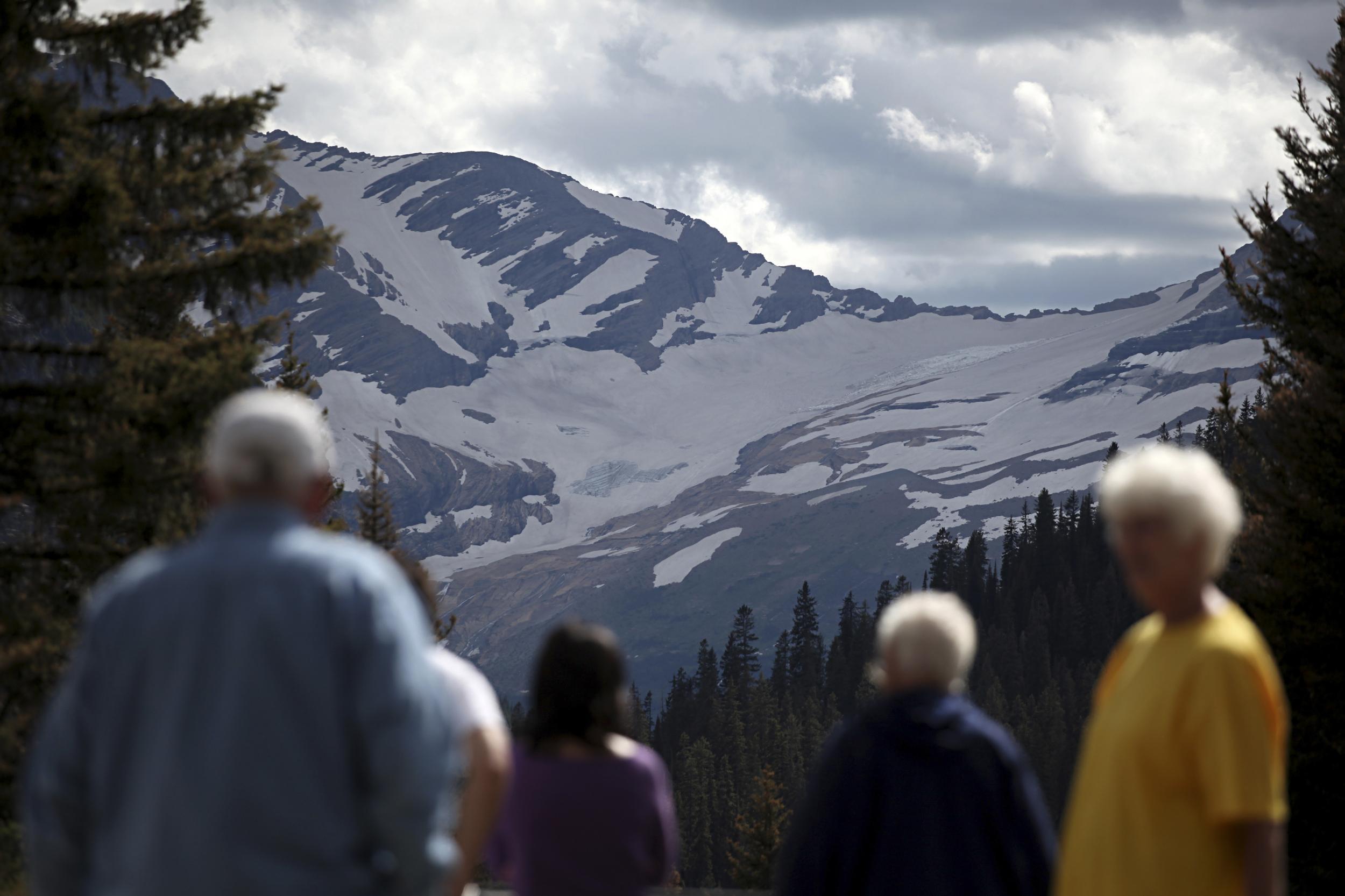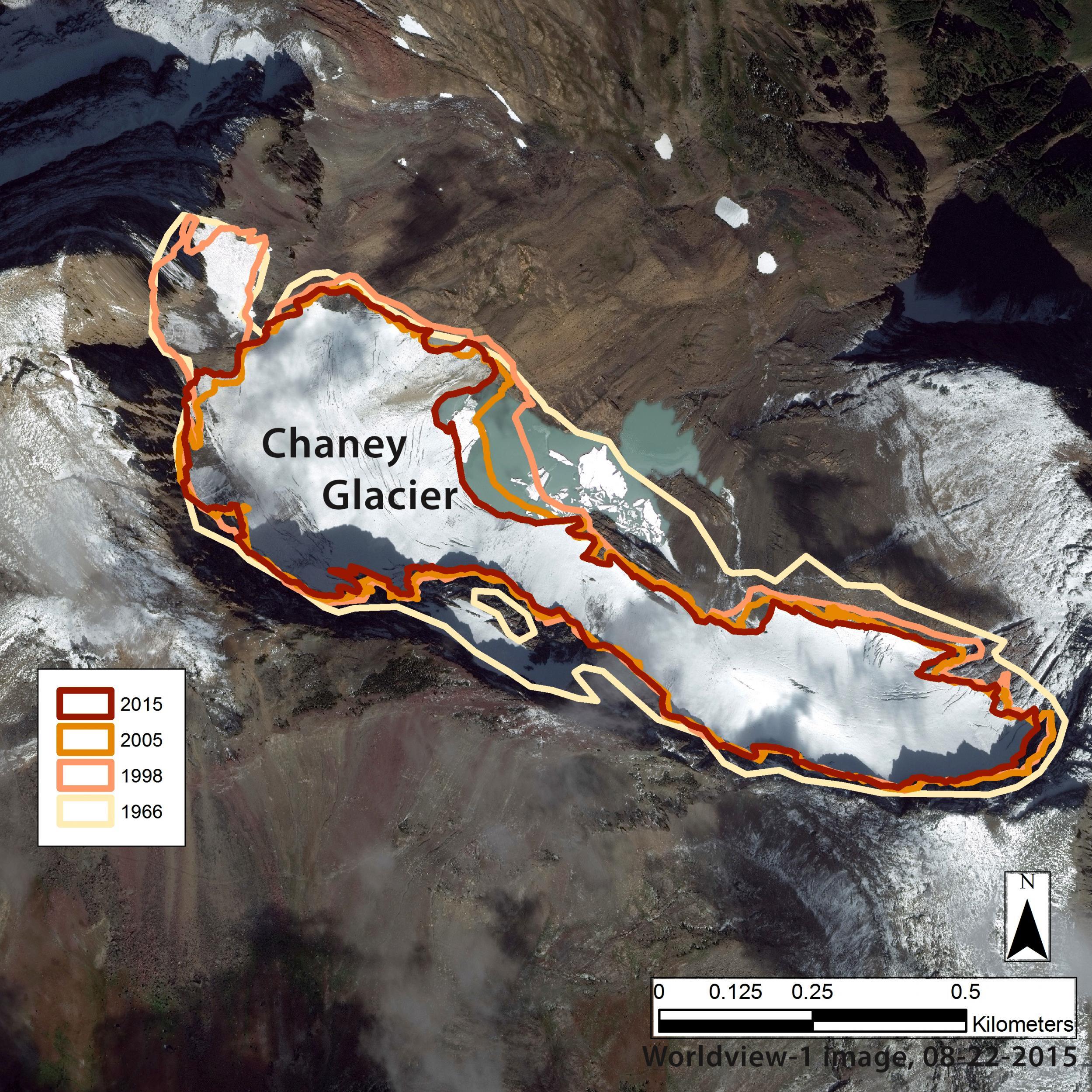US Glacier National Park down to its last 26 glaciers after losing 124 in a century
'While the shrinkage in Montana is more severe than some other places in the US, it is in line with trends that have been happening on a global scale'

Your support helps us to tell the story
From reproductive rights to climate change to Big Tech, The Independent is on the ground when the story is developing. Whether it's investigating the financials of Elon Musk's pro-Trump PAC or producing our latest documentary, 'The A Word', which shines a light on the American women fighting for reproductive rights, we know how important it is to parse out the facts from the messaging.
At such a critical moment in US history, we need reporters on the ground. Your donation allows us to keep sending journalists to speak to both sides of the story.
The Independent is trusted by Americans across the entire political spectrum. And unlike many other quality news outlets, we choose not to lock Americans out of our reporting and analysis with paywalls. We believe quality journalism should be available to everyone, paid for by those who can afford it.
Your support makes all the difference.The Glacier National Park in Montana is eventually going to need a new name.
A study of its 37 ‘named’ glaciers and two others on US Forest Service land in the state found that they have reduced in size by an average of nearly 40 per cent since 1966, with some losing up to 85 per cent of their ice.
Only 26 should actually be classified as glaciers as the other 13 are no longer larger than 25 acres, the benchmark used to decide if an area of ice is big enough to count.
Early last century, there were an estimated 150 glaciers larger than 25 acres in the national park, which gets 2.9 million visitors a year.

Professor Andrew Fountain, who worked with the US Geological Survey (USGS) to map the glaciers, said ice in mountain ranges had been melting for decades across the world.
“While the shrinkage in Montana is more severe than some other places in the US, it is in line with trends that have been happening on a global scale,” he said.
The researchers studied aerial photographs and satellite images of the glaciers in the late summers of 1966, 1998, 2005 and 2015/2016, when the seasonal snow melted to reveal the glacial ice beneath.
They also visited areas to investigate places that were covered by rock debris.
Retreating glaciers can have dramatic effects.
Recently scientists reported an entire river had vanished after meltwater was diverted from one river basin to another in Canada.
In Montana, there are fears it could affect tourism as well as the mountain ecosystem.
USGS scientist Dr Daniel Fagre said: “The park-wide loss of ice can have ecological effects on aquatic species by changing stream water volume, water temperature and run-off timing in the higher elevations of the park.”
Lisa McKeon, a USGS scientist who has been monitoring the changes to the glaciers since 1997, said their retreat helped illustrate just how warmer it was getting — and why.
“Tracking these small alpine glaciers has been instrumental in describing climate change effects on Glacier National Park to park management and the public.”
Join our commenting forum
Join thought-provoking conversations, follow other Independent readers and see their replies
Comments